The Summers Guide to Attachment Selection
Mounted attachments are an excellent way to customize your tillage equipment. Installing a line of harrows, rolling baskets or rolling choppers can enhance field finish and seedbed prep.
But which mounted attachment to choose? There are many factors that should go into this, therefore, let’s break it down so you can make an educated decision on your next mounted attachment purchase.
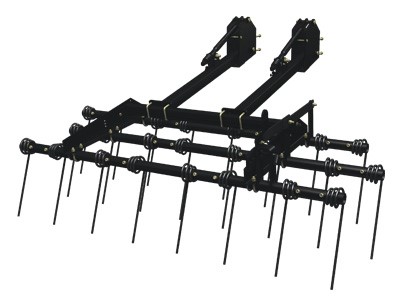 Harrows distribute residue and level soil. Summers mounted harrow models — available in 3- and 4-bar configurations — differ by tine diameter and length. In general, larger diameter and longer length result in more trash clearance and aggressiveness, whereas a smaller diameter and shorter length is less aggressive but leaves a better field finish.
Harrows distribute residue and level soil. Summers mounted harrow models — available in 3- and 4-bar configurations — differ by tine diameter and length. In general, larger diameter and longer length result in more trash clearance and aggressiveness, whereas a smaller diameter and shorter length is less aggressive but leaves a better field finish.
For seedbed preparation and a better field finish, go with less-aggressive models like the MH1094 or MH1104 mounted harrow. Use a model MH1106 or MH108 after a primary tillage ripper for more aggressive tine action and surface leveling. Then there is the model MH1105, which hits a sweet spot between aggressiveness, field finish and leveling. Don’t forget to pick the right width for the implement, as a harrow that is too wide can cause transportation issues.
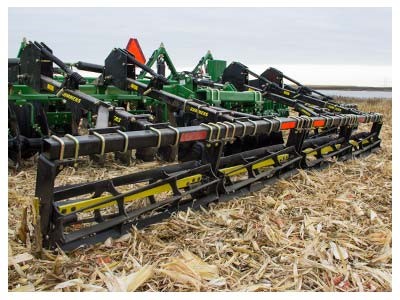 For breaking clods and leveling, choose mounted rolling baskets. They are ideal for seedbed prep, as the basket knocks down the peaks and valleys left behind from a field cultivator or finisher. And thanks to the patent-pending internal mud scraper, the Summers mounted rolling basket can work in wet conditions that would clog other baskets.
For breaking clods and leveling, choose mounted rolling baskets. They are ideal for seedbed prep, as the basket knocks down the peaks and valleys left behind from a field cultivator or finisher. And thanks to the patent-pending internal mud scraper, the Summers mounted rolling basket can work in wet conditions that would clog other baskets.
Some farmers choose to run the rolling baskets behind mounted harrows. The harrow/basket one-two punch offers ideal seedbed prep and residue management in the toughest conditions. However, adding more attachments also increases weight, so be sure to have the right caliber machine to handle
the load. Visit summersmfg.com to learn more.
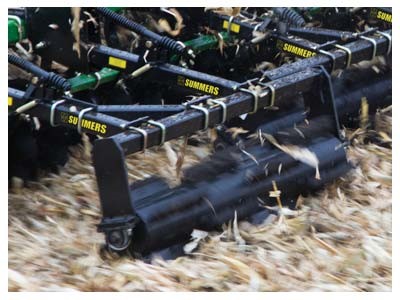 When it comes to primary tillage, breaking sod or grass, and extremely heavy residue management situations, a mounted rolling chopper excels. The finish is too rough for a seedbed since choppers size and fracture material, but they set up the field for the next phase.
When it comes to primary tillage, breaking sod or grass, and extremely heavy residue management situations, a mounted rolling chopper excels. The finish is too rough for a seedbed since choppers size and fracture material, but they set up the field for the next phase.
Whether using a blade- or shank-style implement, what isn’t cut during tillage comes out in line with the direction of travel. Because the chopper runs perpendicular, it either cuts or crimps residue, which increases residue-to-soil contact and greatly accelerates decomposition. This gives next year’s crop a big boost. In hilly conditions or areas where soil conservation is practiced, choppers also help with wind and water erosion.






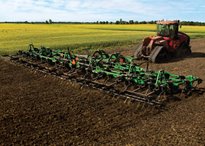
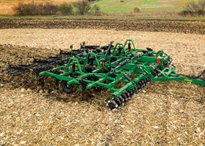
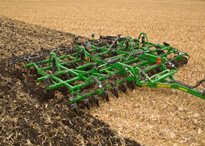
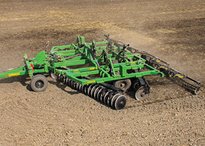
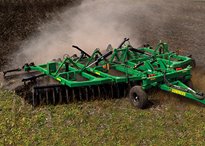
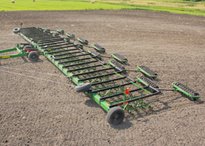
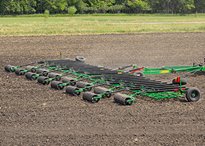
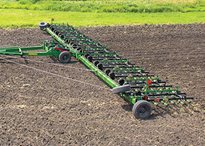
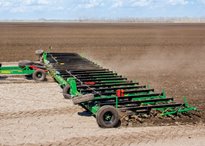
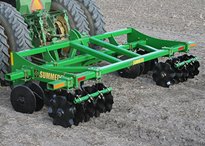
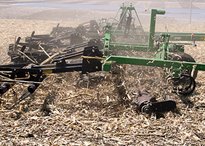
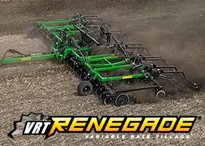
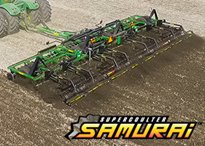
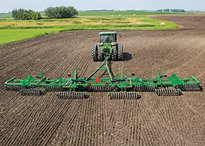
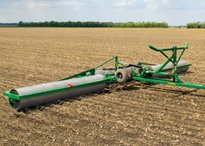
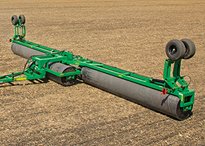
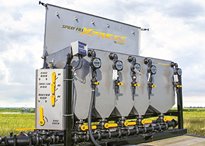

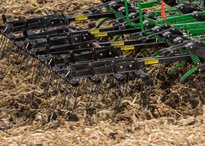
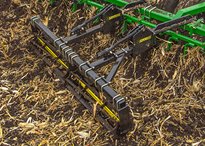
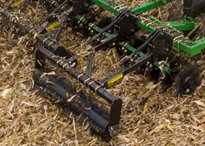
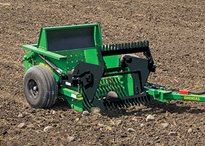
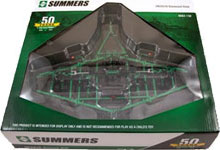 Hats, Diecast Models, Gloves and More!
Hats, Diecast Models, Gloves and More!
 Library
Library